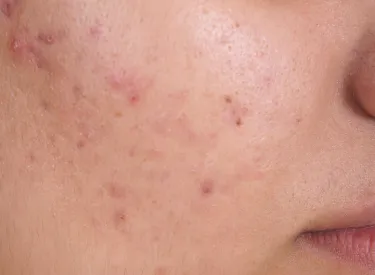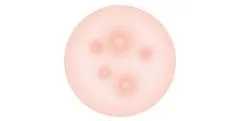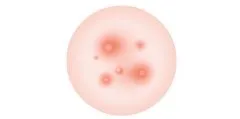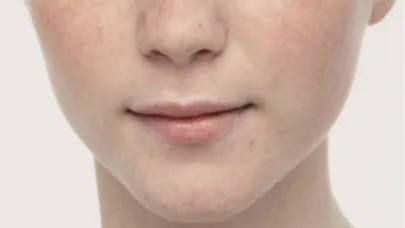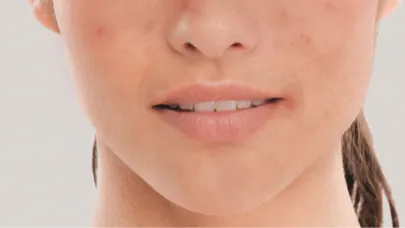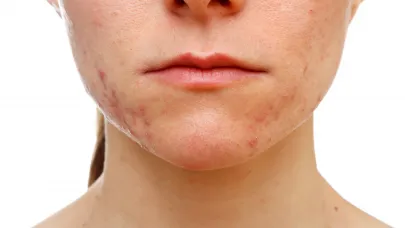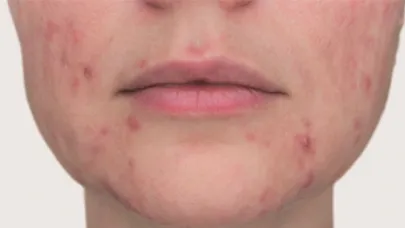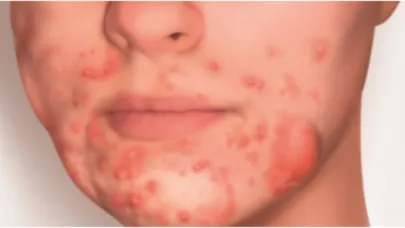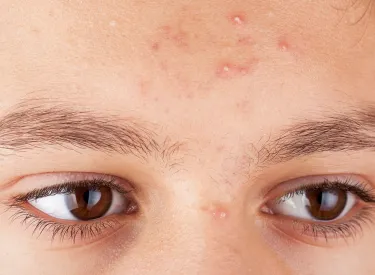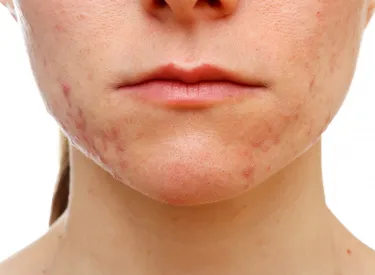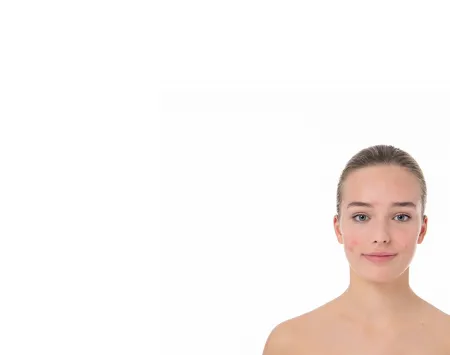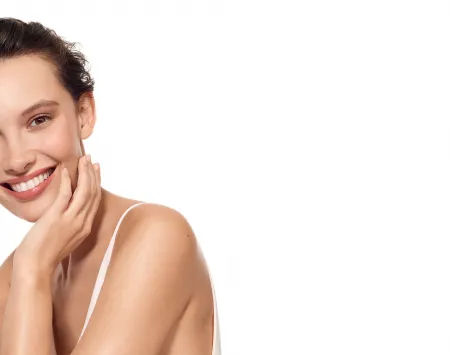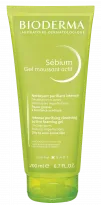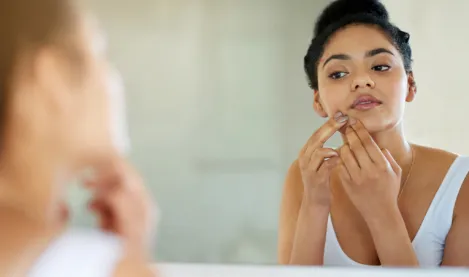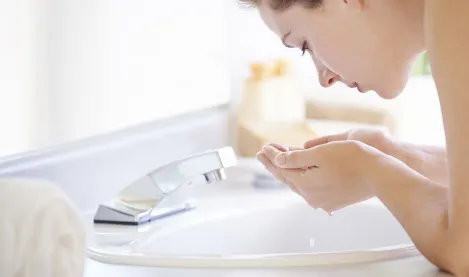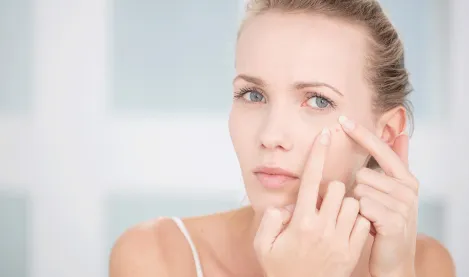Arising from complex genetic and physiological factors, acne cannot always be prevented. However, there are effective methods to minimize the chances of experiencing pimples and breakouts, as well as diminishing the visibility of acne lesions.
1. Wash your face when you sweat, especially after working out, so dirt, sweat and oil do not cling to your skin
2. Avoid anything that could irritate your skin, from abrasive cleansers to sponges and excessive scrubbing
3. Use alcohol-free products ideally formulated for oily skin, like the Sébium range
4. Resist the temptation to squeeze spots or touch your face too often to prevent further inflammation and a longer healing time

